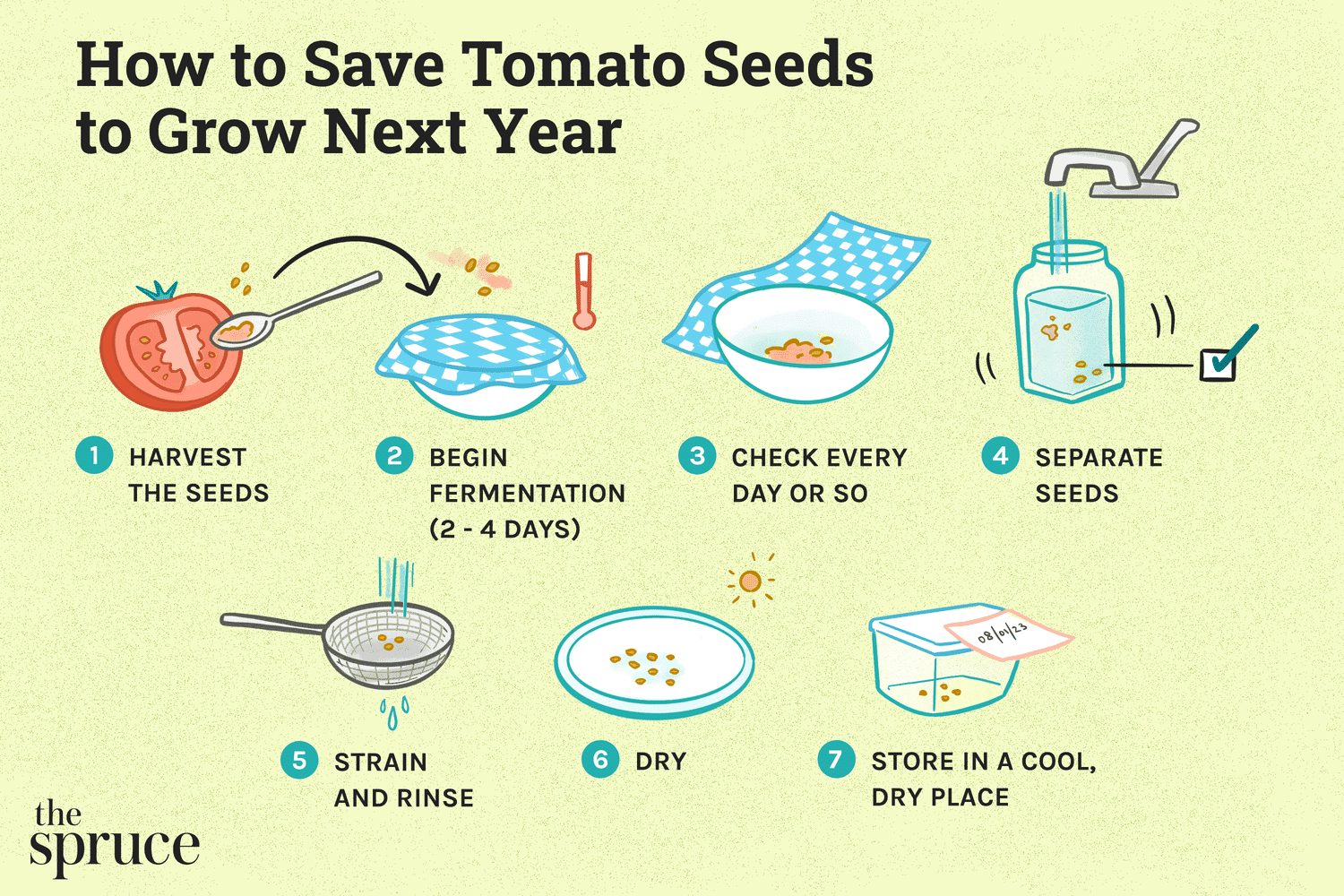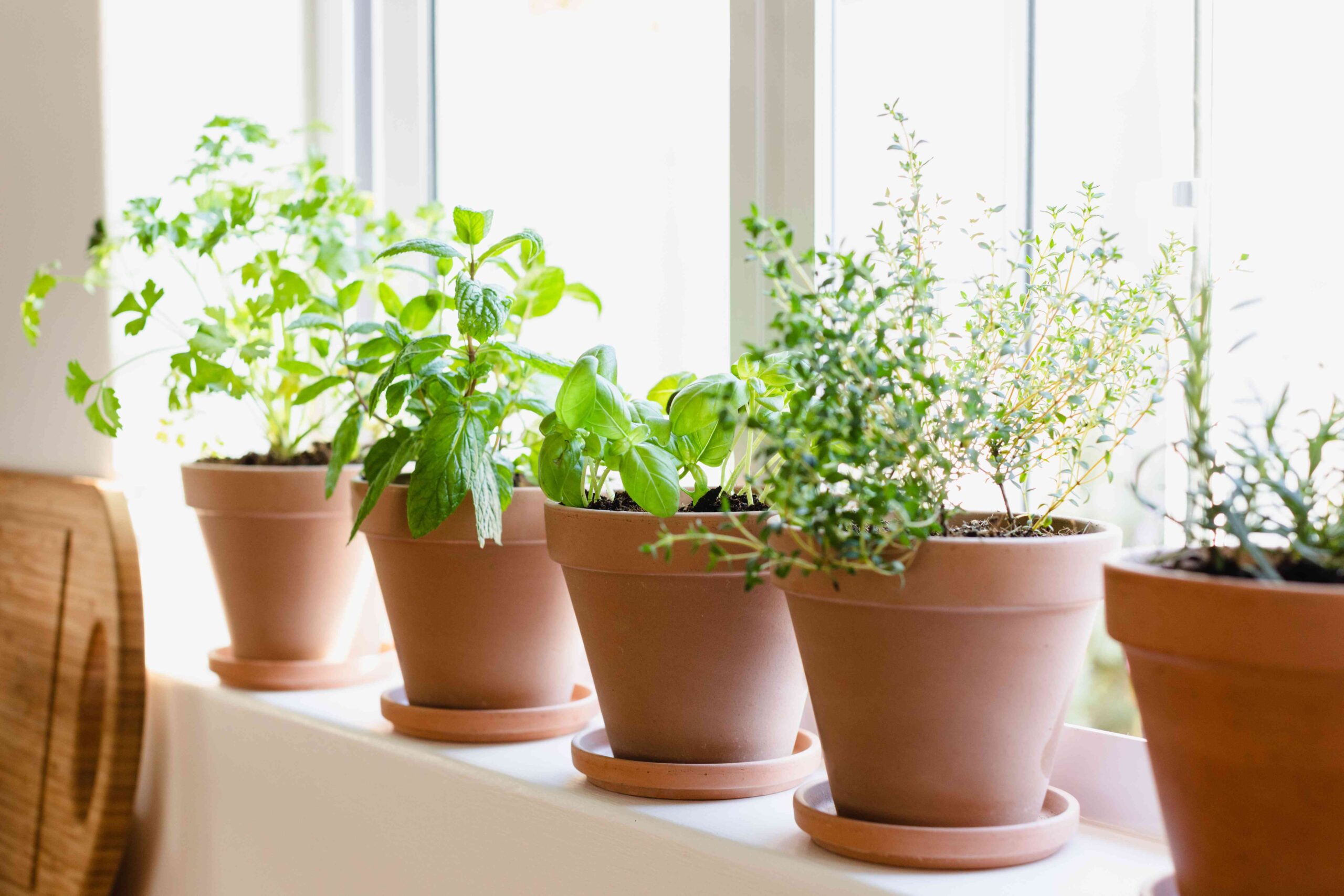When is the Best Time to Plant Fruit Trees?
Planting fruit trees can be a rewarding and enjoyable experience. Not only do you get to enjoy the beauty of blossoms in the spring and tasty fruits in the summer, but you are also helping to improve the environment and provide habitat for wildlife.
But when is the best time to plant fruit trees? The answer to this question depends on various factors, including the type of fruit tree, your climate zone, and your personal schedule. In general, however, there are a few guidelines you can follow to ensure successful planting and healthy tree growth.
Spring Planting
For most fruit trees, planting in the spring is the best time. This gives the tree ample time to establish roots before the heat of summer arrives. Spring planting also allows the tree to take advantage of the warmer temperatures and increased rainfall, both of which are essential for healthy growth.
When planting in the spring, be sure to choose a day when the soil is not too wet. Dig a hole that is wide and deep enough to accommodate the tree’s roots without crowding. Mix in some compost or other organic matter to help improve soil structure and fertility.
Fall Planting
Some fruit trees, such as apples, cherries, and peaches, can also be planted in the fall. Fall planting allows the tree to establish roots before winter dormancy, giving it a head start on growth come spring. Fall planting is especially beneficial in areas with harsh winters, as it helps the tree withstand cold temperatures and reduce transplant shock.
When planting in the fall, be sure to choose a day when the soil is still warm but not too hot. Water the tree well after planting to help it settle into its new home. Mulch around the base of the tree to retain moisture and insulate the roots from winter cold.
Winter Planting
While not as common as spring or fall planting, some fruit trees can be successfully planted in the winter. Winter planting is best for trees that are dormant and bare-root, such as certain varieties of apples and pears.
When planting in the winter, choose a mild day when the soil is not frozen. Dig a hole that is wide and deep enough for the tree’s roots, and be sure to keep the roots protected from drying out in the cold air. Water the tree well after planting and mulch around the base to protect it from freezing temperatures.
Summer Planting
Summer planting is generally not recommended for fruit trees, as the hot temperatures and dry conditions can stress the tree and increase the risk of transplant shock. However, if you must plant in the summer, be sure to choose a day when the weather is cool and overcast.
When planting in the summer, water the tree well before and after planting to help it cope with the heat. Provide shade for the tree until it becomes established, and mulch around the base to retain moisture.
Conclusion
Ultimately, the best time to plant fruit trees depends on your specific circumstances and the type of tree you are planting. By following these general guidelines and considering your local climate and soil conditions, you can ensure successful planting and healthy tree growth.
Remember to water your newly planted fruit trees regularly, especially during the first year, and provide proper care and maintenance to help them thrive for years to come.



